
●This is entrance 3 of Dongdaegu Station. ● This is main entrance of Dongdaegu Train Station. ● This entrance leads to Dongdaegu Integrated Transfer Center. Dongdaegu Station (Subway Station) Dongdaegu Station (Subway Station), located in Dong-gu, Daegu, serves as a major hub on Daegu Metro Line 1. It connects the Dongdaegu Train Station and the Integrated Transfer Center, solidifying its role as the center of Daegu’s transportation network. Opened on November 26, 1997, with the launch of Line 1, Dongdaegu Station began operations on May 2, 1998. The station features a concourse, ticket booths

Cheongna Hill Station is a subway station on Daegu Metro Line 2 and 3, located in Dongsandong, Jung-gu, Daegu. The area is famous for several attractions that are closely related to Daegu’s modern history. It is a popular attraction for tourists as it is packed with places of historical and cultural value. Let’s take a closer look at the major attractions around Cheongna Hill Station. Cheongna Hill Cheongna Hill is named after Cheongna Hill Station. It is an area where missionaries settled in Daegu during the late 19th and early 20th centuries, and Korea’s first Western-style hospitals and hou
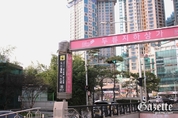
Duryu Station Duryu Station is Daegu Urban Railroad Line 2 and is located on Dalgubeol-daero in Dalseo-gu, Daegu. Duryu Station originated from Duryu Intersection, which is called Duryu Station because there is Duryu Park nearby. Duryu Station has an underground shopping mall along with a subway station, and there are as many as 20 exits. The average number of daily passengers at Duryu Station was 13,023 as of 2023, ranking fifth in the overall number of Daegu subway lines 2. Except for Banwoldang Station, Daegu's largest busy street, it is the third most passengers get on and off after Yeungn
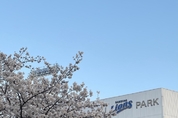
Daegu Grand Park Station Daegu Grand Park Station is located underground in Dalgubeol-daero, Suseong-gu, Daegu Metropolitan City, on Daegu Metro Line 2. Daegu Stadium, a general stadium, and Daegu Samsung Lions Park, a sports facility, are located around the station. Daegu Grand Park Station will be built in Daegu to expand a resting area for citizens, and will be built in zoos, botanical gardens, amusement facilities, youth facilities, and cultural facilities around the station, so the station was named Daegu Grand Park Station. The daily number of passengers on the metropolitan railway using
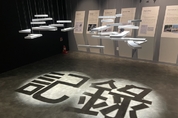
The National Archives of Korea, located in Sujeong-gu, Seongnam-si, Gyeonggi-do, is an organization that specializes in preserving national records. The National Archives of Korea was established as a state-of-the-art record preservation facility in 2007 by benchmarking the world's advanced record preservation facilities and was designed to preserve Korea's historical records. The National Archives of Korea consists of 3 floors below ground and 7 floors above ground and is comprised of four areas: the library, the studio, the office, and the exhibition and reading building. The National Archiv
Bulguksa Temple, also known as the ‘Temple of the Buddha Land'', is the most renowned temple in South Korea and is located in Gyeongju. The city of Gyeongju is surrounded by various historic landmarks and boasts the exceptional Bulguksa Temple, which was officially recognized as a World Cultural Asset by UNESCO in 1995. In fact, this city served as the former capital of the Silla Kingdom in 528 A.D. during King Beop Heung’s reign during the Silla Dynasty. The Bulguksa Temple underwent numerous renovations from the Silla Dynasty to the Joseon Dynasty due to the Japanese Invasion. Following the
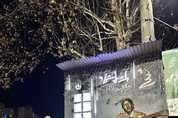
Each person holds a singer they cherish in their hearts. For many Koreans, Kim Gwangseok, a popular Korean singer in the 1980-90s, held a special place in the hearts of many people in Korea. His folk-rock music with nostalgic lyrics greatly influenced Korean culture. Kim Gwang Seok’s music was extremely popular and loved by Koreans because his lyrics were quite different from other singers' songs, but in a calm way, which attracted people’s hearts. His music held a unique power to enthrall the listeners and share a sense of connection with the audience. Artist Kim Gwang Seok sold more than fiv
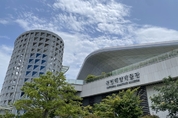
The National Maritime Museum of Korea, located in Yeongdo-gu, Busan, is one of Korea's representative maritime museums. The National Maritime Museum of Korea is divided into special exhibitions, permanent exhibitions, and outdoor exhibitions, and there are various exhibition materials related to the sea. Special exhibitions introduce various special exhibitions in cooperation with museums and marine research institutes. The permanent exhibition has a different exhibition theme on each floor, so visitors can choose the exhibition they want to see. In the outdoor exhibition, there is the sea out